A PMO (Project Management Office) is a centralized department within an organization responsible for defining and maintaining project management standards, ensuring consistency, and driving successful project outcomes. If you’re wondering about the exact PMO meaning, it’s essentially the backbone that supports project execution, ensuring that everything runs smoothly and efficiently. But how does a PMO differ from a project manager, and what roles does it typically include? Let’s dive deeper.
What Is a PMO (Project Management Office)?
In simple terms, a PMO is a team or department that oversees the management of projects across an organization. It sets the standards, processes, and methodologies to ensure projects are delivered on time, within budget, and with desired quality. The PMO meaning revolves around creating consistency in project execution, supporting project teams, and aligning project outcomes with organizational goals.
Difference Between a PMO and a Project Manager
You might be asking, “Aren’t project managers and a PMO the same thing?” Well, not quite.
A Project Manager is responsible for leading and managing individual projects. They are hands-on, coordinating resources, managing risks, and ensuring specific project tasks are completed successfully.
On the other hand, a PMO operates at a higher level, overseeing multiple projects, programs, or portfolios within an organization. They provide governance, standards, tools, and resources for project management across the board. While project managers focus on delivering a specific project, the PMO looks at the bigger picture, ensuring alignment across all projects.
Typical PMO Job Titles
PMOs come with a variety of roles that ensure smooth project management. Some common PMO job titles include:
- PMO Director/Manager: Leads the PMO, sets strategy, and oversees its operations.
- Project Coordinator: Supports project managers by tracking timelines, budgets, and documentation.
- Portfolio Manager: Manages multiple projects or programs to ensure alignment with the organization’s goals.
- Risk Manager: Identifies and mitigates risks across projects.
- Resource Manager: Allocates and monitors resources (people, tools, and materials) across projects.
These roles ensure that projects are supported at every level, from planning to execution.
PMO Roles and Responsibilities
The roles and responsibilities of a PMO may vary depending on the organization, but here are some of the key tasks they handle:
- Standardization: Develop and implement consistent project management methodologies.
- Project Governance: Ensure projects comply with organizational policies and regulations.
- Resource Management: Allocate resources efficiently and ensure they are used optimally.
- Risk Management: Identify project risks and develop strategies to mitigate them.
- Performance Tracking: Monitor project progress, performance, and outcomes.
- Support: Provide training, tools, and guidance to project teams.
- Portfolio Management: Oversee and prioritize multiple projects based on organizational goals.
By focusing on these responsibilities, the PMO ensures that project execution aligns with business objectives and delivers value.
Benefits of a PMO
Implementing a PMO comes with numerous advantages, such as:
- Consistency: Standardized processes mean fewer errors and more predictable project outcomes.
- Efficiency: Centralized support reduces the burden on individual project managers, allowing them to focus on delivering projects.
- Alignment: PMOs ensure that all projects align with the organization’s strategic goals, preventing wasted efforts.
- Improved Decision-Making: With centralized data and reporting, decision-makers can get a clear overview of project performance.
- Resource Optimization: PMOs ensure that resources are allocated effectively across projects, reducing overall costs.
Challenges with a PMO
Despite the benefits, establishing and maintaining a PMO can come with some challenges:
- Resistance to Change: Teams accustomed to their own ways may resist adopting PMO standards.
- Initial Costs: Setting up a PMO requires investment in tools, training, and hiring staff.
- Bureaucracy: Over-standardization can sometimes lead to slower processes, reducing project agility.
- Cultural Fit: A PMO that doesn’t fit the organizational culture may struggle to gain traction and acceptance.
Considerations Before Starting a PMO
Before jumping into setting up a PMO, it’s essential to assess whether your organization really needs one. Consider the following:
- Project Volume: Do you manage multiple projects that require standardization and oversight?
- Organizational Goals: Will a PMO help align projects with your broader business strategy?
- Available Resources: Do you have the resources (people, budget, and tools) to support a PMO?
By carefully evaluating these factors, you can decide whether a PMO is the right fit for your organization.
Types of PMOs
Not all PMOs are the same. Depending on the needs of the organization, PMOs can take different forms:
- Supportive PMO: Acts as a consultative role, providing guidelines and tools but allowing project managers to operate independently.
- Controlling PMO: Establishes specific methodologies and ensures compliance through audits and performance checks.
- Directive PMO: Directly manages projects and assigns project managers from within the PMO itself.
Choosing the right type of PMO depends on the level of control and support needed within your organization.
How to Structure an Effective PMO for Your Organization
Building an effective PMO meaning requires thoughtful planning and implementation. Here’s how you can structure it:
- Assess Organizational Needs: Understand the pain points in your current project management processes.
- Define Objectives: Set clear goals for your PMO, whether it’s improving project efficiency, resource management, or alignment with strategic objectives.
- Hire the Right Team: Bring in experienced professionals to manage the PMO. Ensure they have a mix of technical project management skills and leadership abilities.
- Standardize Processes: Create standard operating procedures that are flexible enough to accommodate different types of projects.
- Implement Training: Offer continuous training for project managers and team members on PMO processes.
- Measure Success: Continuously track the performance of your PMO meaning through key performance indicators (KPIs) like project completion rates, budget adherence, and stakeholder satisfaction.
How to Select PMO Tools and Software
Choosing the right tools is crucial to the success of a PMO. Look for tools that:
- Facilitate Collaboration: Project teams need to communicate and collaborate easily, whether they are remote or in-office.
- Provide Visibility: Ensure the tool provides dashboards and reporting features that offer insight into project status and risks.
- Integrate Seamlessly: Choose software that integrates with your existing systems, such as HR, finance, or resource management tools.
- Scale with the Organization: As your organization grows, your PMO software should be able to scale to accommodate more projects and users.
Some popular PMO tools include Microsoft Project, Asana, Trello, and Smartsheet, among others. The right tool for your organization depends on the size, scope, and complexity of your projects.
Read More: RIP Ratan Tata: Amit Shah to Attend Industrialist’s Funeral in Worli, PM Modi Dials Noel Tata- Click Here
Conclusion
Understanding the PMO meaning and its role in an organization can provide significant benefits in terms of standardization, efficiency, and project alignment. While establishing a PMO comes with its own set of challenges, the rewards far outweigh the risks when implemented correctly. Whether your organization is considering starting a PMO or optimizing an existing one, the key is to structure it effectively and choose the right tools to support it. A well-managed PMO can serve as the foundation for successful project execution and long-term growth.










